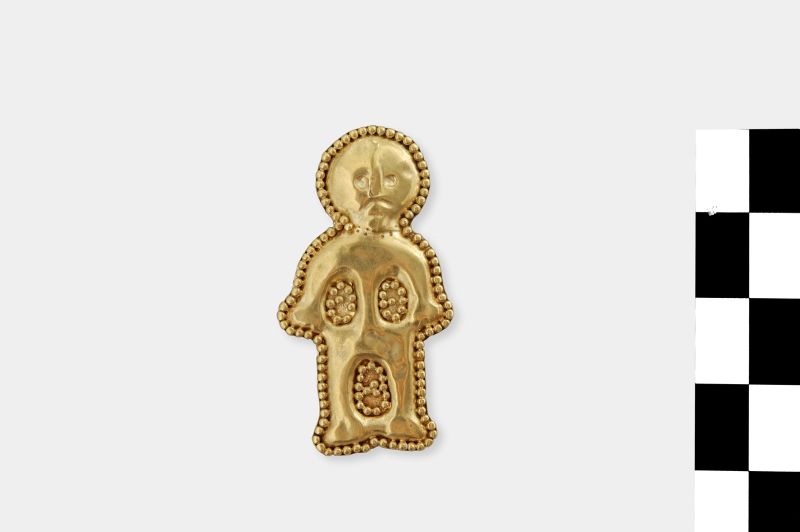Historians and geneticists have long sought to unveil the mysteries of ancient civilization’s sex and marital patterns, aiming to gain insights into their sociocultural systems. The unfolding field of bio-archeology intertwines the realms of history, archeology, biology, and genetics to attain groundbreaking facts about the societal constructs of these societies. In recent studies, the secrets of sex and marriage patterns in ancient empires have been disclosed by analyzing the DNA of buried remains.
DNA analysis allows researchers to understand ancestral relationships, genetic diversity, and the migration patterns of ancient civilisations. By researching the inherited genes in the human genome, the relationship between different individuals and the biological relationships within families can be unravelled.
In one study, genetic analysts examined the DNA of over 200 individuals who lived in an ancient empire. These individuals belonged to distinct social classes – the elite, middle class, and poor – providing a broad spectrum for genetic analysis. The John Hopkins Bio-Archeology Lab has been at the forefront of such studies where meticulous extraction techniques are applied to secure the DNA.
The analysis of Y-chromosomes and mitochondrial DNA provided clear patterns in sex and marriage practices. Y-chromosomes are passed down from father to son, offering a glimpse into patrilineal relations. Common Y-chromosome patterns typically indicated a patrilocal residence pattern – where married couples lived with or near the husband’s parents. Such patterns reflected a male-dominated society in which wealth and power transferred through the male lineage.
On the other hand, mitochondrial DNA, which is passed down from mothers to all her children, exhibited diversity. It insinuated a practice of exogamous marriage, as women were likely to have originated from different localities or perhaps even other empires. The mating pattern suggested women married out of their birth groups and moved into their husbands’ residences, hence contributing to the genetic diversity seen in the mitochondrial DNA.
The analysis of genetic materials from ancient empires has revealed intriguing and unique marriage systems. In some ancient societies, the practice of polygyny— a form of polygamy where a man has multiple wives— was prevalent. By examining the frequency of Y-chromosome patterns that were identical and mitochondrial DNA diversity, the existence of high-ranking men endowed with multiple wives was revealed.
Apart from marital practices, sex patterns are notably discernible through DNA analysis. Unique patterns of sex-related genes in individuals present an astonishing account of a society where men were favoured, resulting in asymmetric sex ratios. In some ancient empires, preferential female infanticide has been hypothesized to account for these asymmetrical sex ratios.
Studying X-chromosome patterns can also illustrate a certain degree of social stratification. Some researches suggest a correlation between the preservation of specific X-chromosomes and the socio-economic status of women in ancient empires. This was indicative of the practice of marrying women of certain lineages primarily to preserve elite bloodlines.
Big data geneticists worldwide are harnessing the power of ancient DNA to resurrect the sociocultural setups of historical civilizations. The exploration of sex and marital patterns presents an unparalleled narrative of ancient societies, home to diverse practices that continue to mold and influence contemporary society. With the surfacing of these unprecedented discoveries, the captivating world of our ancestors is increasingly becoming perceptible, revealing a rich tapestry of past human experiences.




